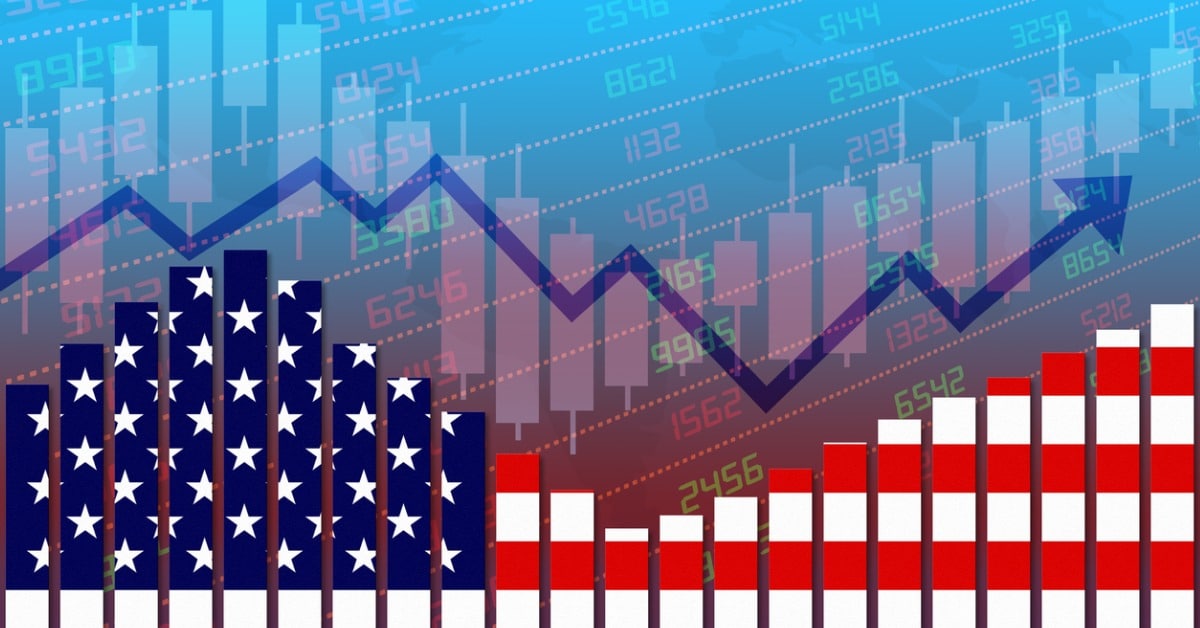
The energy sector in 2024 is at the intersection of intensifying geopolitical conflicts and evolving market dynamics. In the Middle East, tensions remain highwith major oil producers such as Iran, Saudi Arabia and Israel facing intermittent conflicts that could disrupt energy supplies. Meanwhile, the Russia-Ukraine conflict continues to affect the global energy supply chain, keeping European and global gas prices volatile. In addition, continued production management by OPEC remains a critical factor in stabilizing or destabilizing oil prices.
Amid this turmoil, energy investors are looking for safe havens and Exxon Mobil Corporation (XOM) stands out. Its global reach, diverse energy portfolio and adaptability to transition to cleaner energy alternatives could make it a more resilient choice in an uncertain energy market.
Let’s explore why ExxonMobil could be your best energy choice this year.
ExxonMobil Strategic Positioning: Mitigating Risks Through Global Reach
ExxonMobil has established itself as a global energy giant with operations in key oil and gas regions, including North America, Africa and the Middle East. This geographic diversity allowed the company to mitigate the risks of local disruptions. A key example is Exxon’s continued success in Guyana and the Permian Basin, where it has record production levels. This strategic rebalancing of assets ensures consistent performance even when geopolitical upheavals threaten certain regions.
In addition to fossil fuel businesses, ExxonMobil also invests heavily in renewable energy technologies, particularly carbon capture and storage (CCS). The company’s carbon capture initiatives have set benchmarks in the industry, with a recent deal for storage 5.5 million metric tons of CO2 per year. These innovations not only align with global decarbonization efforts but also position ExxonMobil for long-term growth regardless of the traditional volatility of the energy sector.
Energy Sector Outlook: Oil Prices, OPEC and the Energy Transition
The energy market remains volatile, with oil prices holding steady between 60 and 80 dollars per barrel. OPEC’s continued influence on supply means that any decisions to cut or boost production can have a significant impact on prices. For ExxonMobil, however, this volatility plays to its strengths. The company’s increased focus on “favorable assets‘, such as its growing production from Guyana and the Permian Basin, provides a buffer against sudden price drops.
ExxonMobil’s large investments in the energy transition also stand out. From its development hydrogen essentially without carbon In Proxxima™, a product that converts lower-value gasoline molecules into high-performance resins, ExxonMobil is no longer just a fossil fuel player. Its investments in the energy transition not only hedge against future regulatory risks, but also attract new high-margin markets. This strategic shift gives ExxonMobil a critical advantage over other big energy companies that have been slow to adapt.
ExxonMobil vs. Competitors: A Clear Winner in Risk Management and Renewables
Compared to its closest competitors it likes it Chevron Corporation (CVX) and BP plc (BP)ExxonMobil’s position in both fossil fuels and renewable energy technologies is stronger. Chevron has similarly diversified, focusing on US shale and renewable natural gas, but lacks Exxon’s scale in areas such as Guyana and its aggressive CCS moves. BP, meanwhile, has made an ambitious shift to renewable energy, but its focus on divestment from oil and gas has been driven by reduced cash flow from its upstream division.
ExxonMobil, by contrast, manages geopolitical risk more effectively through its wide geographic spread, diverse asset portfolio, and continued dominance in oil and gas production. While it remains committed to the energy transition, it has not prematurely lost its traditional sources of revenue, giving it the financial flexibility that BP currently lacks.
Investor Takeaway: Why ExxonMobil Stands Out
Given the current geopolitical environment, ExxonMobil stands out as an exciting investment in the energy sector. Its strong second quarter earnings 9.2 billion dollarsbacked by record production and cash flow, underlines its financial resilience. In addition, Exxon’s aggressive capital spending, overall $28 billion for the yearsuggest that the company is preparing for sustainable growth in both traditional and renewable energy sectors.
The combination of solid dividends—4.3 billion dollars distributed only in the second quarter—and a strong share repurchase program offers stability during volatile times. In a world where energy prices can be thrown into disarray by geopolitical shocks, Exxon’s diversified and balanced portfolio is likely to provide stability and growth potential.
